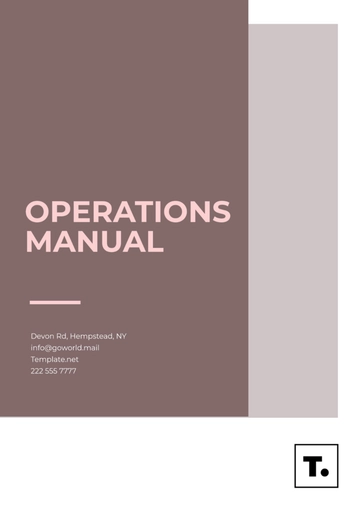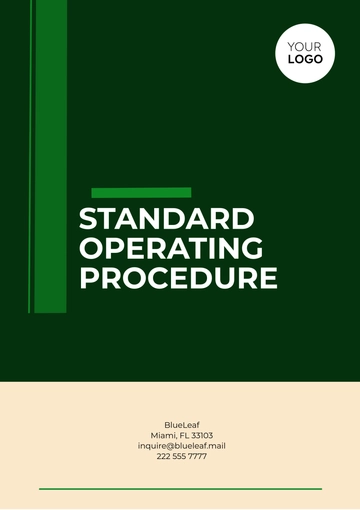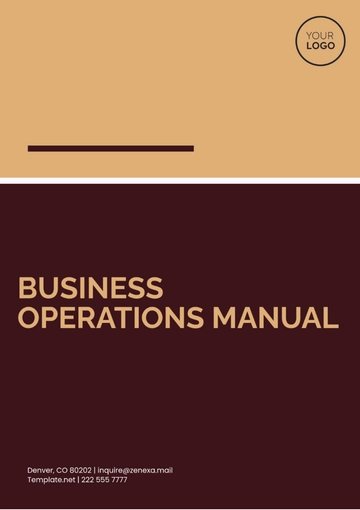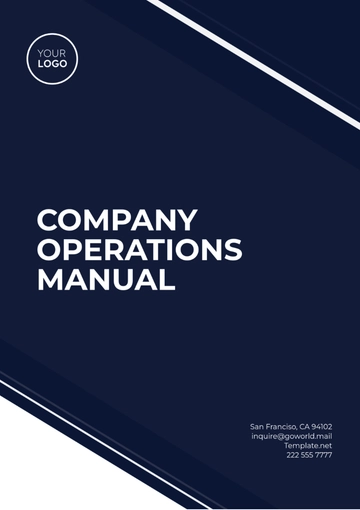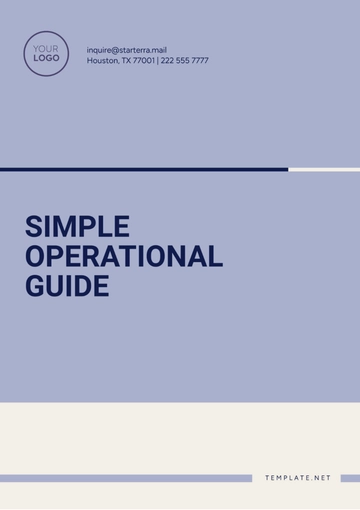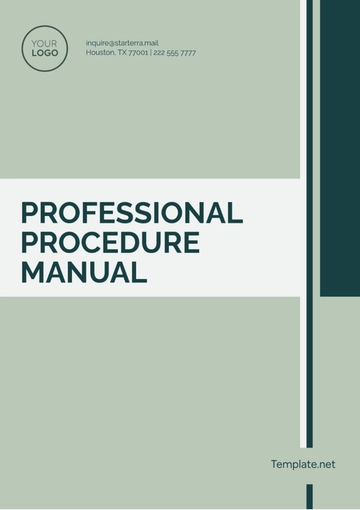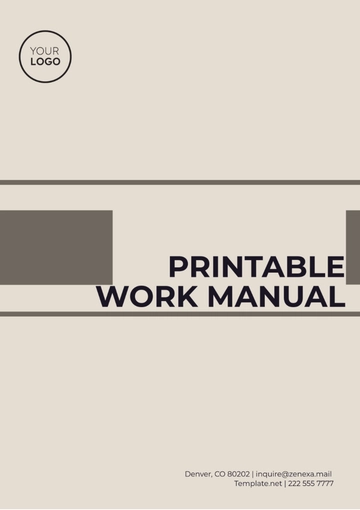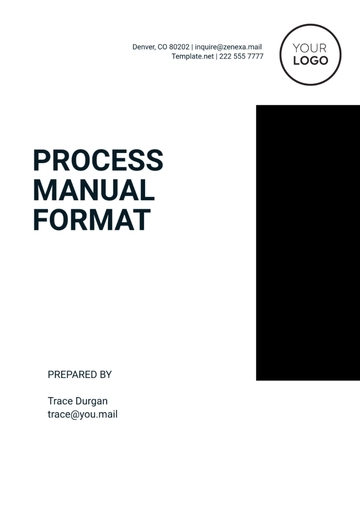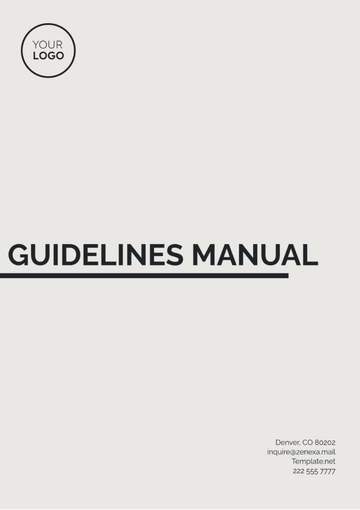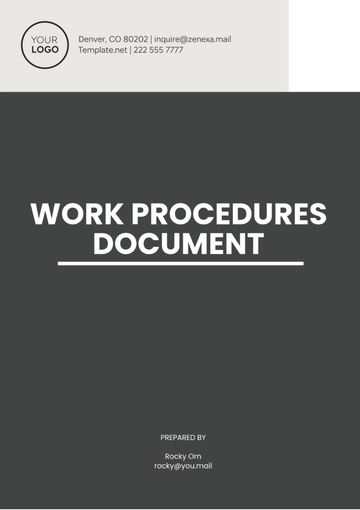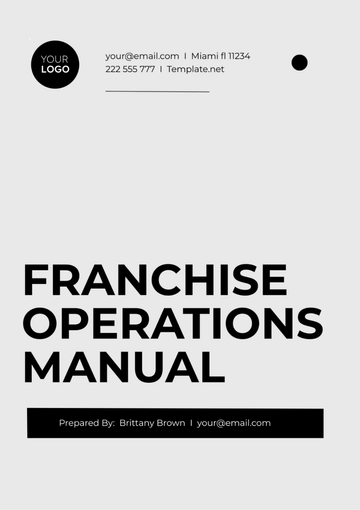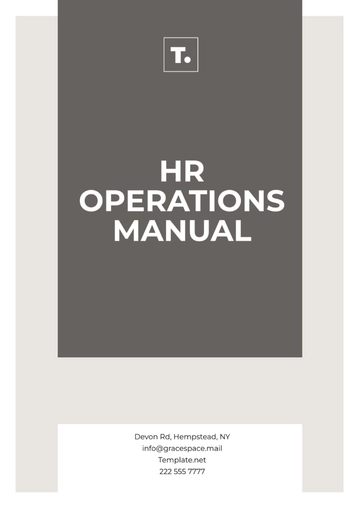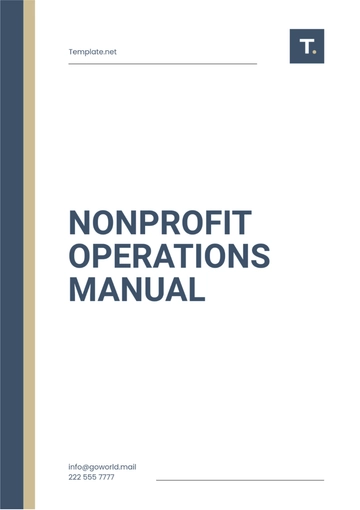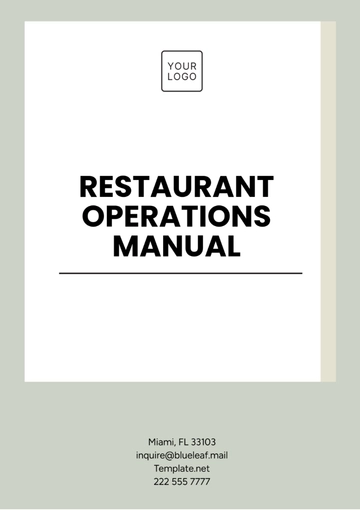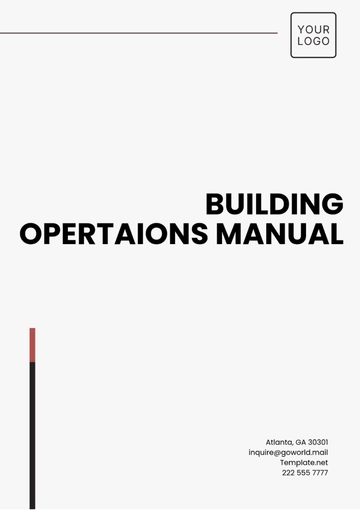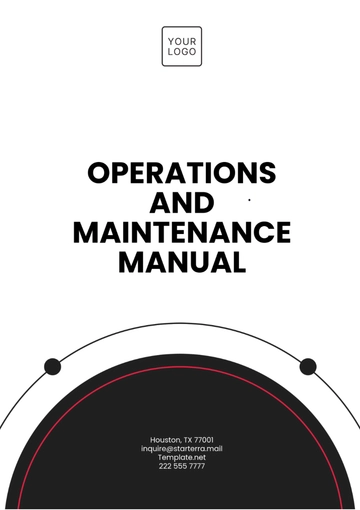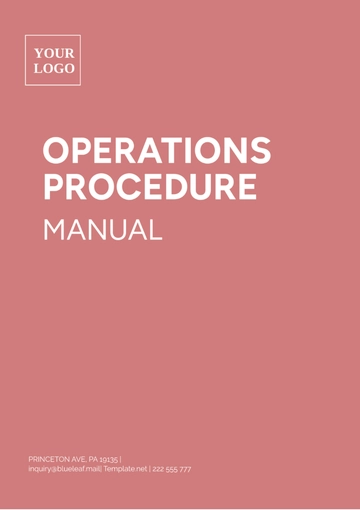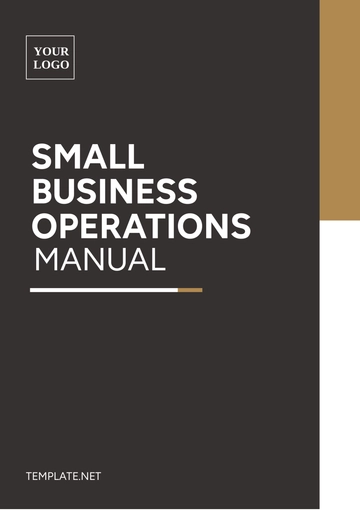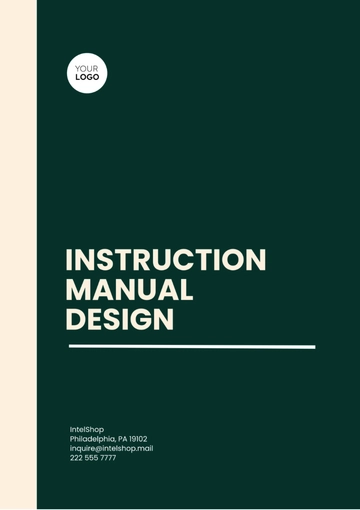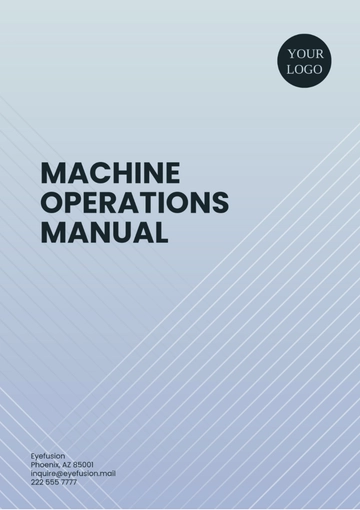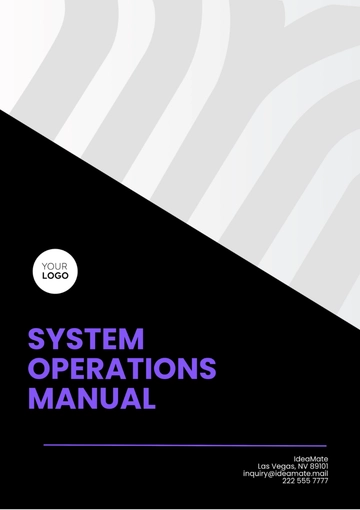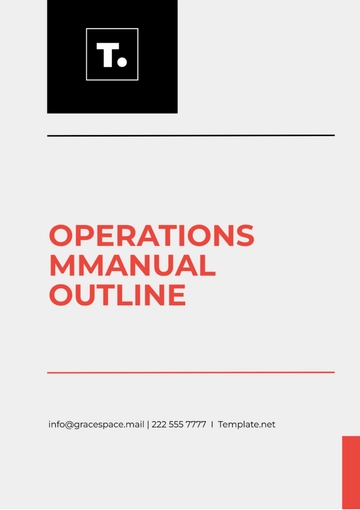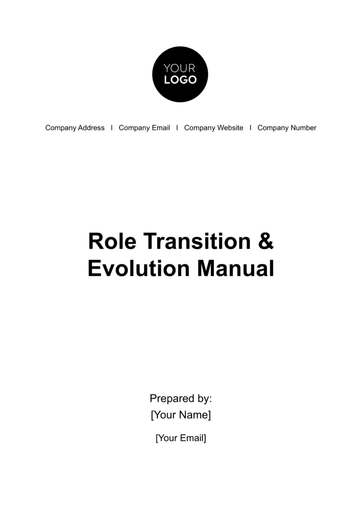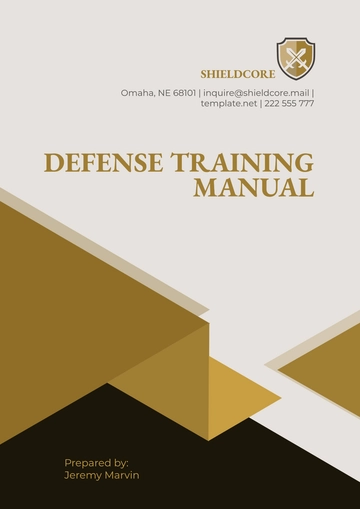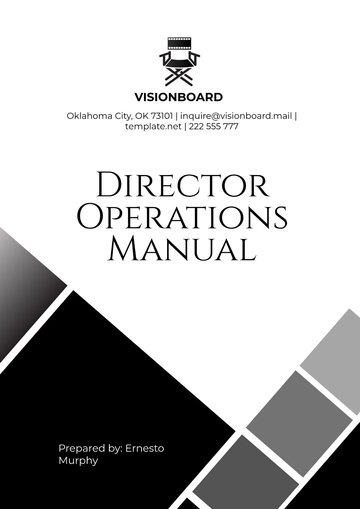Free Real Estate Construction Project Management Manual
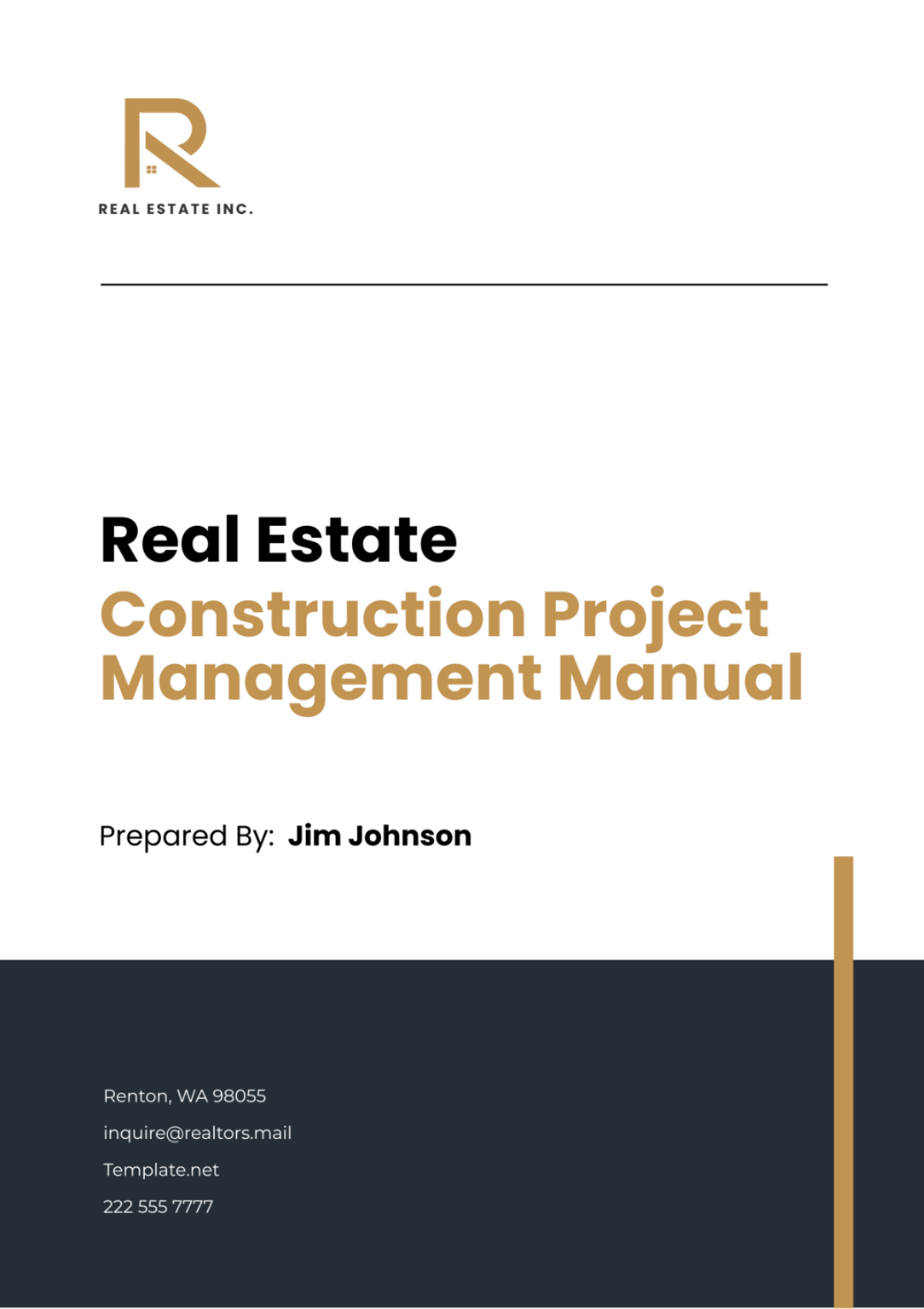
A. Introduction and Overview
At [Your Real Estate Company Name], we recognize that the scope and complexity of our construction and real estate projects demand strategic planning and operational excellence. Our commitment to delivering high-quality projects necessitates a comprehensive approach that addresses every aspect of the construction process. This manual serves as a cornerstone in our endeavor to navigate these complexities and achieve unparalleled success in project execution.
In the dynamic landscape of real estate and construction, having a well-defined roadmap is crucial. This manual not only sets the context for our operations but also provides a broader overview of the investment sector. It outlines the market trends, regulatory framework, and emerging technologies shaping our industry. By understanding these dynamics, we are better equipped to anticipate challenges and capitalize on opportunities, ensuring the sustainable growth of our business.
Central to our success are the stakeholders involved in our projects. From investors and developers to architects, contractors, and community members, each plays a vital role in the realization of our vision. This manual outlines our dedicated approach to stakeholder engagement, emphasizing transparency, collaboration, and a commitment to exceeding expectations. By fostering strong relationships and open communication channels, we strive to build trust and deliver projects that leave a lasting positive impact on the communities we serve.
B. Project Planning and Initiation
Initiating a successful project hinges on clearly defining its objectives. This foundational step lays the groundwork for all subsequent project activities. By meticulously outlining the project's goals, scope, and deliverables, we establish a shared understanding among stakeholders and pave the way for effective planning and execution.
The following sections will detail these steps.
Phase | Task | Responsibility |
|---|---|---|
Goal Setting | Define the desired outcomes of the project | Project Manager |
Feasibility Study | Analyze project viability. | Consultant |
Site Selection | Choose the most suitable location for construction | Real Estate Dept |
Budgeting | Plan and secure the project's financial resources | Finance Dept |
C. Design and Engineering Management
At [Your Real Estate Company Name], we recognize that the success of our projects hinges on meticulous design and engineering management. This section outlines our comprehensive approach to architect, engineer, and consultant selection processes, as well as strategic design development, reviews, and approval procedures.
Architect, Engineer, and Consultant Selection:
In selecting architects, engineers, and consultants for our projects, we prioritize expertise, experience, and alignment with project goals. Our rigorous selection process involves evaluating qualifications, past performance, and adherence to industry standards. By partnering with reputable professionals, we ensure that our projects benefit from innovative design solutions and technical excellence.
Design Development:
Our approach to design development is rooted in collaboration and creativity. We encourage multidisciplinary teams to explore innovative design concepts while considering practical considerations such as budget, schedule, and sustainability. Through iterative design workshops, brainstorming sessions, and stakeholder consultations, we refine design solutions to meet the evolving needs of our clients and end-users.
Design Reviews and Approvals:
Thorough design reviews are critical to ensuring the quality and feasibility of proposed design solutions. Our multidisciplinary review teams evaluate design documentation against project requirements, building codes, and regulatory standards. By identifying potential issues early in the design process, we mitigate risks and optimize project outcomes. Upon completion of the review process, design approvals are obtained from relevant stakeholders to proceed with the implementation phase.
Value Engineering:
Value engineering is an integral part of our design and engineering management approach. We continuously seek opportunities to optimize project value by balancing performance, cost, and quality considerations. Through value engineering workshops and analysis, we identify cost-saving measures, alternative materials, and construction methods without compromising project objectives.
D. Procurement and Contracting
Efficient procurement and contracting are essential components of successful real estate construction projects. This section outlines our commitment to transparency, fairness, and value optimization throughout the procurement process. From vendor selection to contract administration, we adhere to rigorous procedures to ensure the best outcomes for our projects and stakeholders.
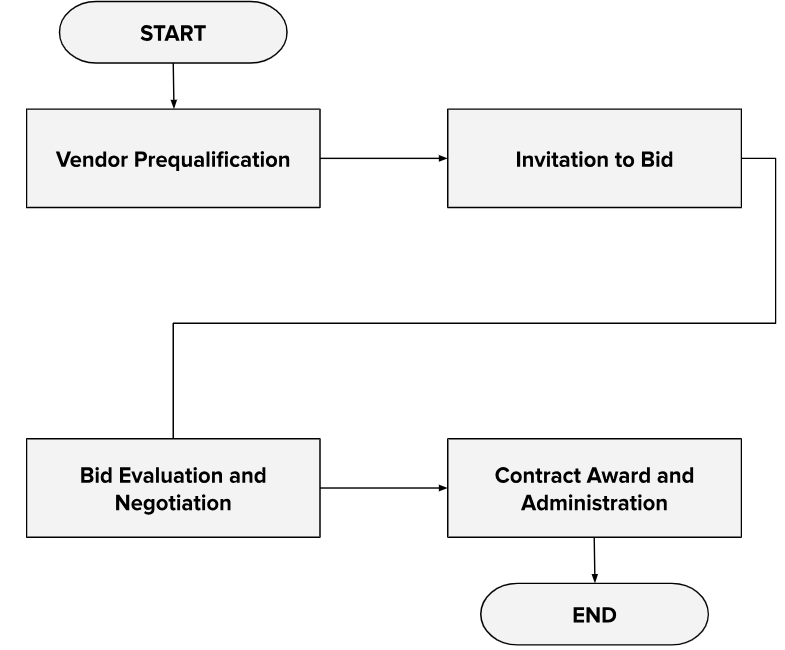
Vendor Prequalification
Before initiating the bidding process, vendors are prequalified based on criteria such as experience, financial stability, and compliance with regulatory requirements.
Invitation to Bid
Qualified vendors are invited to participate in the bidding process by submitting proposals in response to detailed project specifications and requirements.
Bid Evaluation and Negotiation
Bids are evaluated based on factors including price, quality, schedule adherence, and technical expertise. Negotiations may occur to refine terms and conditions and achieve the best value for the project.
Contract Award and Administration
Upon thorough evaluation and negotiation, contracts are awarded to selected vendors. Contract administration involves monitoring vendor performance, ensuring compliance with contractual obligations, and addressing any disputes or issues that arise during project execution.
E. Construction Execution and Monitoring
Effective construction execution and monitoring are vital for the successful completion of real estate projects. This section outlines our comprehensive approach to managing the day-to-day construction process, ensuring adherence to quality, safety, and schedule requirements.
1. Project Coordination
Our project coordination efforts involve establishing clear lines of communication among all stakeholders, including architects, contractors, subcontractors, and regulatory authorities. Regular coordination meetings and progress reports facilitate alignment and collaboration throughout the construction phase.
Stakeholder Communication: Utilizing various communication channels, including meetings, emails, and project management software, ensures timely dissemination of information and resolution of issues.
2. Quality Control
Quality control measures are implemented to uphold construction standards and specifications. Through rigorous inspections, testing, and compliance checks, we ensure that materials, workmanship, and installations meet or exceed industry benchmarks.
Inspection Procedures: Qualified inspectors conduct systematic inspections at key milestones, documenting findings and addressing deficiencies promptly to maintain quality standards.
3. Safety Management
Safety is paramount on our construction sites. We adhere to strict safety protocols and regulations to protect the well-being of workers, visitors, and the surrounding community.
Safety Training: Comprehensive safety training programs are provided to all personnel, emphasizing hazard identification, prevention, and emergency response procedures.
4. Progress Tracking
Accurate progress tracking is essential for monitoring project milestones, identifying potential delays, and implementing corrective actions as needed.
Milestone Tracking: Key project milestones are tracked against the project schedule, allowing for early detection of deviations and proactive management of risks.
5. Issue Resolution
Prompt resolution of issues is crucial to maintaining project momentum and minimizing disruptions. Our proactive approach involves identifying, documenting, and addressing issues in a timely manner.
Dispute Resolution Mechanisms: Clear escalation pathways and dispute resolution mechanisms are established to facilitate timely resolution of conflicts and disputes among project stakeholders.
F. Risk Management and Compliance
In the dynamic landscape of real estate construction, effective risk management and compliance are paramount to the success of our projects. This section delves into our proactive approach to identifying, assessing, and mitigating risks, while ensuring adherence to regulatory requirements and legal obligations.
Risk Assessment |
Comprehensive risk assessment is conducted at various stages of the project lifecycle to identify potential threats and opportunities. We analyze internal and external factors that could impact project delivery, including market fluctuations, regulatory changes, and environmental considerations. |
Mitigation Strategies |
Devising effective mitigation strategies is essential for minimizing the impact of identified risks. We employ a proactive approach to risk management, prioritizing risk treatment options based on their likelihood and severity. |
Compliance and Legal Requirements |
Regulatory compliance and adherence to legal requirements are fundamental aspects of our project governance framework. We ensure that our projects comply with all applicable laws, codes, permits, and zoning regulations. Adequate insurance coverage is secured to mitigate financial risks associated with unforeseen events such as property damage, liability claims, and project delays. Insurance policies are carefully reviewed and updated to align with project-specific requirements and contractual obligations. |
G. Project Closeout and Handover
Project closeout marks the culmination of our efforts and involves a comprehensive review of all project activities, deliverables, and outcomes. It encompasses meticulous documentation, final inspections, and resolution of any outstanding issues to ensure that the project is completed to the satisfaction of all stakeholders. Our commitment to excellence extends to the handover process, where we prioritize effective communication, training, and support to facilitate a seamless transition for the owner.
During the project closeout phase, our team conducts thorough inspections to verify that all work has been completed in accordance with project specifications and regulatory requirements. Any deficiencies or outstanding tasks are addressed promptly to ensure that the project meets the highest standards of quality and safety. Additionally, comprehensive documentation is compiled, including as-built drawings, warranties, and operation manuals, to provide the owner with essential information for future maintenance and operations. As part of our commitment to transparency and accountability, we engage in open communication with the owner throughout the closeout process, addressing any concerns and ensuring their satisfaction with the final deliverables. Upon successful completion of the closeout activities, we facilitate the handover of the completed work to the owner, providing training and support as needed to ensure a smooth transition and ongoing success of the project.
- 100% Customizable, free editor
- Access 1 Million+ Templates, photo’s & graphics
- Download or share as a template
- Click and replace photos, graphics, text, backgrounds
- Resize, crop, AI write & more
- Access advanced editor
Streamline your development process with the Real Estate Construction Project Management Manual Template from Template.net. This editable and customizable template lays out best practices, procedures, and tools for managing real estate construction projects efficiently. Editable in our Ai Editor Tool, it's indispensable for ensuring projects are completed on time, within budget, and to high quality standards, facilitating successful project outcomes and stakeholder satisfaction.
